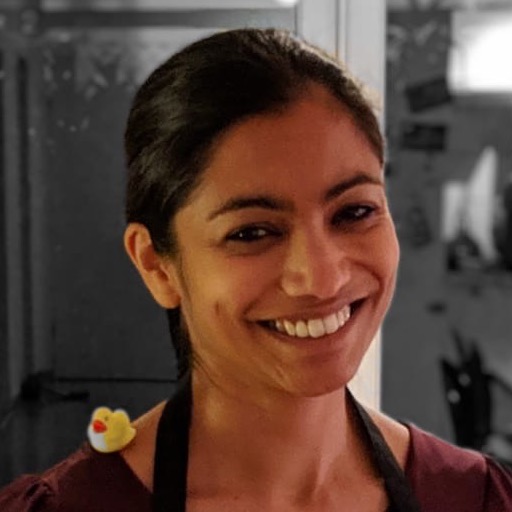More and more people have some sort of dietary restriction, whether it is due to a food allergy or intolerance or because of religious or ethical beliefs. I don’t like to restrict my cooking to “only lactose-free” or “only vegan” but I do think it’s great when a recipe can be easily adapted to cater to specific needs. In the last few years in particular, I have learnt to deal with various food requirements, especially lactose intolerance and I would like to share some of my thoughts with you.
Allergies Versus Intolerance
First things first: it is important to know the difference. Allergies involve a reaction of the body’s immune system and can be extremely dangerous and sometimes life threatening. The reaction occurs suddenly and only a small amount of food can trigger it. If you know someone with a food allergy you have to be extremely careful. The most common food allergies are to peanuts, tree nuts, fish, shellfish, milk, eggs, soy and wheat.
A food intolerance is when your body has difficulty digesting something. The reaction is normally gradual and it can vary in severity. Some people may only experience mild symptoms whereas others have more severe reactions. However, food intolerances are not life threatening. The most common food intolerance is lactose intolerance.
Lactose Intolerance
As I mentioned, I have the most experience with lactose intolerance. It is caused by the inability to properly digest lactose which is the sugar found in milk. Digesting lactose requires the enzyme lactase and lactose intolerant people produce too little lactase. There is a huge variety in the severity of lactose intolerance and at some point everyone is lactose intolerant i.e. above a certain amount of milk consumption, everyone will have symptoms. Lactose intolerance is also more prevalent in certain parts of the world e.g. in many parts of Asia and Africa.
 By NmiPortal - Own work / Food Intolerance Network, CC BY-SA 3.0, https://commons.wikimedia.org/w/index.php?curid=25220731
By NmiPortal - Own work / Food Intolerance Network, CC BY-SA 3.0, https://commons.wikimedia.org/w/index.php?curid=25220731
My experience is with a very extreme form of lactose intolerance i.e. an extremely high sensitivity to very small amounts of lactose so I am very serious about lactose free alternatives.
Tips and Tricks for Lactose Intolerance
Thankfully there are a lot of easy ways to make your bakes lactose free. Depending where you live, you will hopefully be able to find a lot of lactose-free versions of base ingredients. (As a note of caution, lactose-free products still contain a tiny amount of lactose. As I said, I am used to dealing with an extremely high sensitivity and all the lactose free products that I use work very well. However it is possible that in very rare cases, even these products cause a reaction.)
Where I live, I can get hold of lactose-free milk, butter, cream cheese, crème fraîche, yoghurt, cream, mozzarella, feta and mascarpone. These products are made lactose free by adding just the right amount of the enzyme lactase to “neutralise” the lactose or by removing the lactose molecules themselves from the product. This means that the base product is the same i.e. lactose free milk is essentially the same from a cooking and consumption point of view as normal milk. This is not the same for gluten-free products where the wheat has to be replaced with another ingredient.
For a lot of baking, the key ingredient that needs replacing is butter. Many less severely lactose intolerant people have no problem with butter but as I said, for me lactose free means lactose free! Lactose free butter is about twice the price of non-lactose free butter so you can also look at other alternatives such as margarine or lard (pork fat). I highly recommend lard if you can get hold of it. It is really not as bad as it sounds and is perfect for baking with lots of additional health benefits. I will write in more detail on the differences between these options in a separate article. If you cannot stomach the thought of lard or do not eat pork for other reasons then margarine is great because not only is it lactose free but it is also vegan.
Non-lactose free replacements for other ingredients such as milk require more thought as they will change the flavour of your final product e.g. coconut milk has a strong flavour and is also very fatty and not as healthy as many people think.
I will give advice on how to adapt my recipes to make them lactose free where possible.
Sources:

